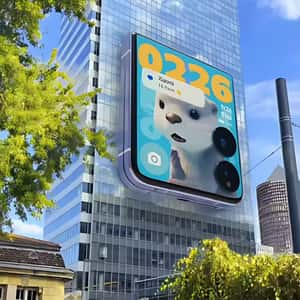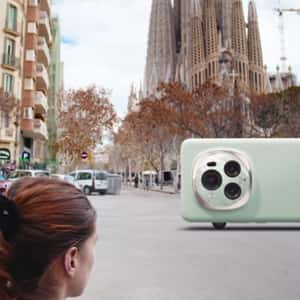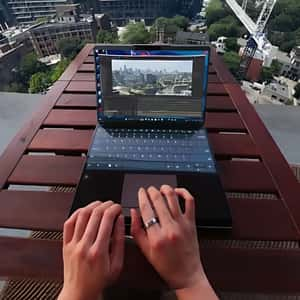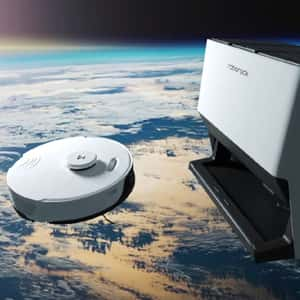The Tools Behind FOOH Part IV: Camera Tracking
Learn how camera tracking works in Fake Out-Of-Home (FOOH) production and which tools deliver the best results.
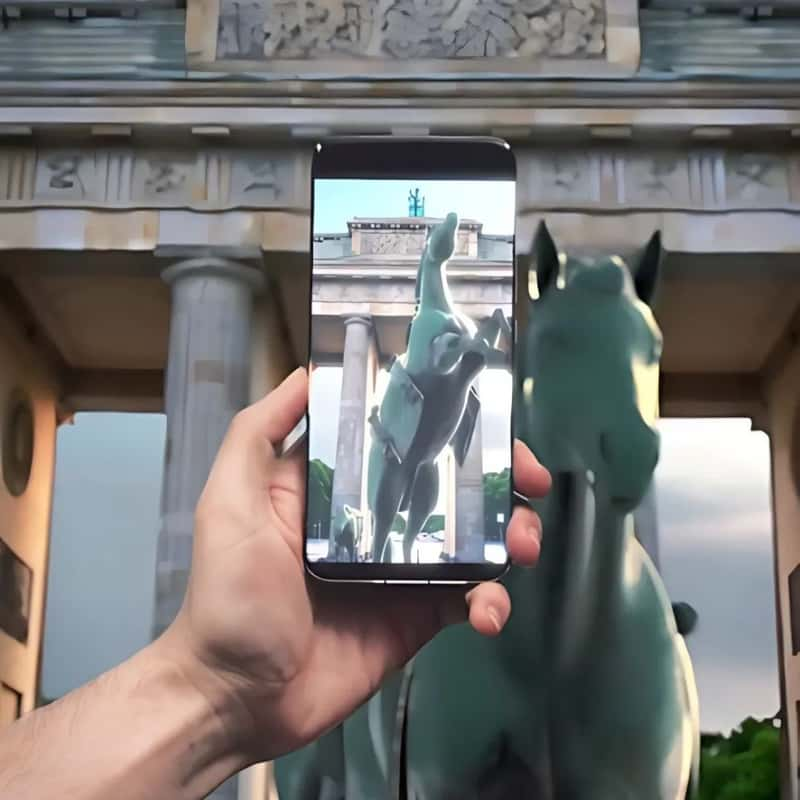
The Tools Behind FOOH Part IV: Camera Tracking
In our last part of our series, we covered how to capture clean, high-quality footage for Fake Out-Of-Home productions — laying the technical foundation for seamless visual effects. But even the best footage won’t deliver believable results unless the CG elements are locked into the shot with pixel-perfect precision.
That’s where camera tracking comes in.
What is Camera Tracking
In Fake Out Of Home post-production, camera tracking is part of the match moving process that focuses solely on a camera’s motion based on the footage itself. It tracks the camera movement within a single shot to replicate the exact virtual camera move in a 3D animation program.
Why It’s Critical in FOOH
Camera tracking enables the CG elements to maintain the correct position, orientation and scale that matches the live action footage and therefore appear seamlessly integrated.
A precisely matched virtual camera is paramount for the magic of FOOH to function. Without precise match moving, even a visually well-executed effect looks off, as it doesn’t sit naturally in the shot.
How to Prep for Clean Tracking
Lighting conditions typically do not have a major impact except in extreme situations as the automatic image processing includes exposure compensation.
Maintaining a balanced exposure is generally very helpful as it prevents large areas of the image from being lost in deep shadows or blown out by overly bright highlights.
Using smaller apertures and keeping the focus distance relatively unchanged throughout the shot favors camera tracking.
Faster shutter speeds prevent motion blur which often leads to problems or can outright prevent successful tracking.
Keeping the metadata with the footage or knowing basic sensor and lens information can help save a lot of trial and error during setup.
Selecting high contrast details on video footage like bright or dark spots, edges or corners that are visible throughout the shot usually work the best.
LiDAR scans assist with matchmoving and undistorting footage. This feature is available in fairly high quality on iPhone Pro models from 2021 onwards.
Best Tools for Camera Tracking 2025
In FOOH productions, these are the most commonly used software for camera tracking:
Blender is a powerful, free and open-source option for camera tracking. It offers solid tracking capabilities integrated into a full 3D suite, making it ideal for users who want an all-in-one solution without extra cost. It can be a perfect integration for FOOH workflows.
Adobe After Effects includes a built-in camera tracker that’s user-friendly and well integrated into a popular compositing workflow. It does not feature the advanced control and precision found in dedicated tracking software.
SynthEyes is a dedicated camera tracking and match moving tool favored for its robust features, flexibility, and ability to handle complex shots. It offers precise control, often used when higher accuracy is required.
PFTrack is a high-end, professional-grade tracking software known for its advanced algorithms and comprehensive toolset. It excels in solving extremely challenging shots but comes with a higher cost and steeper learning curve.
FAQ
1. How does camera tracking work?
The tracking software analyzes the motion of the video footage and tracks multiple pixel-level patterns throughout the image sequence. After that, a calibration algorithm derives the motion of the camera in 3D space throughout the sequence. Camera tracking algorithms rely heavily on parallax cues in the footage to estimate camera motion and scene depth.
2. What’s the difference between camera tracking, match moving, motion capture and motion control?
While camera tracking is technically accurate for describing the tracking process itself, match moving is the more standard industry terminology when discussing the complete workflow of:
- Tracking the camera movement
- Solving for camera parameters
- Creating a virtual camera that matches the real one
- Enabling proper integration of CG elements
Motion capture records the motion of objects, often human actors, rather than the camera.
Motion control uses mechanical hardware to execute multiple identical camera moves.
